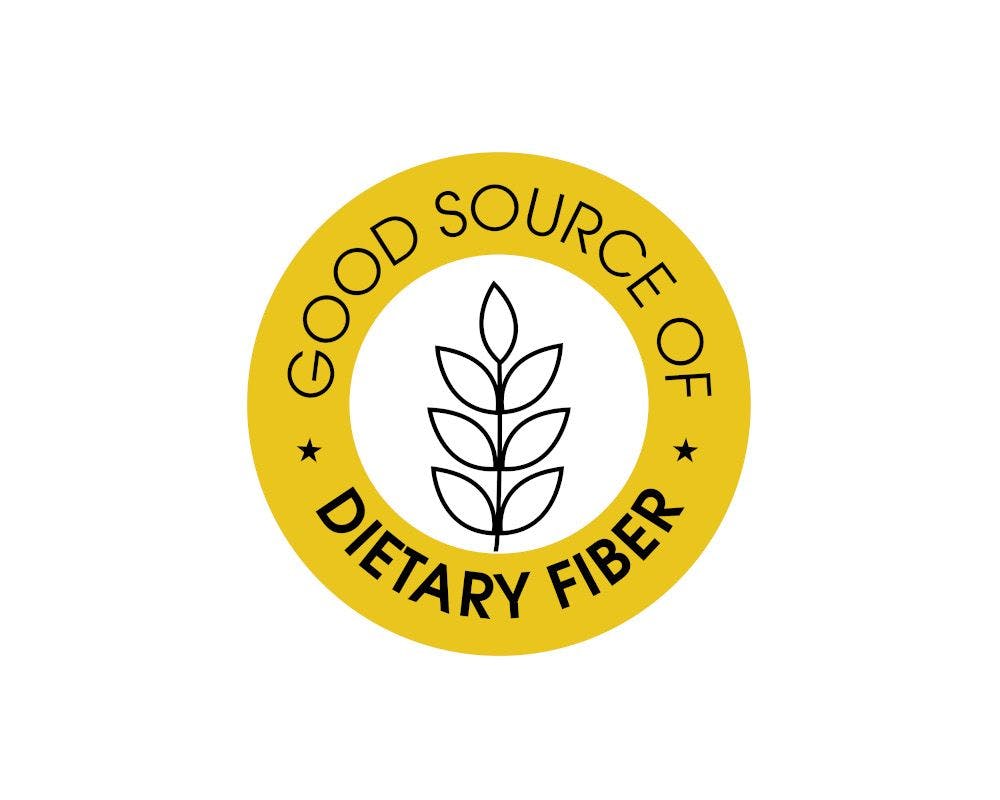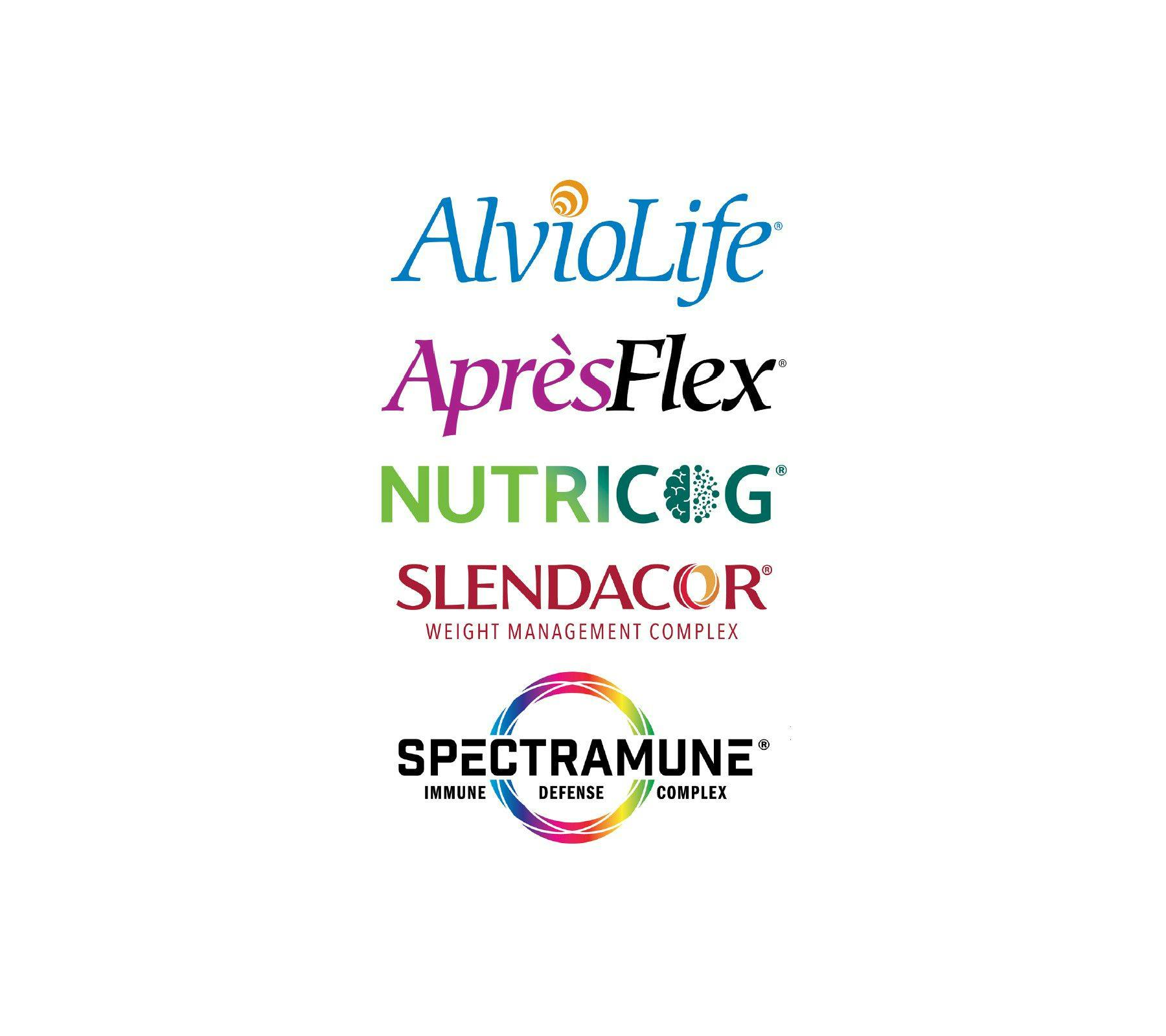Future trends in fiber
Consumers don’t get enough fiber and are actively seeking out sources of dietary fiber. Here’s how supplementation can help.
Sanjeev Kumar Misra - Stock.adobe.com

Consumers are actively seeking sources of dietary fiber in their diets. According to the International Food Information Council’s (IFIC) 2023 Food and Health Survey, 25% of respondents said that “good source of fiber” defined a food as healthy, and 61% of respondents were actively trying to consume more fiber. Of the sources of fiber, 90% of respondents reported getting fiber from food and 28% reported getting it from dietary supplements.
There are many natural sources of fiber, including whole grain, fruits and vegetables, legumes, and nuts, but Americans only get about 15 g of the 25-35 g per day of fiber necessary for good health.1 Fortifying food with fiber therefore provides a great deal of opportunity for product development, offering consumers additional sources of fiber to meet dietary needs. There is a diverse range of dietary fiber ingredients that not only increase fiber content but also help offer other functional benefits to a product—such as sugar reduction while also improving the texture and mouthfeel of baked goods, for example. According to Thom King, CEO of Icon Foods (Portland, OR), stacking different forms of soluble fiber is a great way of maximizing fiber content without negatively impacting the end consumer.
“I can use a chicory root fiber, and usually people hit bowel tolerance with chicory fiber at 6 g to 8 g, but I can combine it with a soluble tapioca fiber, which is digestive-resistant maltodextrin—two completely different products and metabolized completely different—but yet they’re both fiber,” says King. “So, if I stacked a product with 7 g of chicory root fiber and 7 g of soluble tapioca fiber, that’s 14 g of fiber. I can drop that into a beverage, baked good, or bar, and nobody’s going to get any kind of upset stomach.”
Soluble fiber, which can dissolve in water to create a gel-like consistency, is known to offer heart and metabolic health benefits such as lowering cholesterol and supporting healthy blood sugar.2 Insoluble fiber, on the other hand, is known for its digestive health benefits, adding bulk to stool to support healthy bowel movements. However, recent research is shedding new light on how we can utilize the bioactives found in plant sources of insoluble fiber to promote health. The research, conducted by researchers from the University of Minnesota in collaboration with the machine learning and biosciences company Brightseed (San Francisco, CA), identified the bioactives in plant sources of insoluble fiber and how they can be leveraged to increase the effectiveness of insoluble fiber in finished products.3
“It actually turns out [that] insoluble fibers, which are predominant in a number of plants, form the basis for most cell walls, and the cell walls, not surprisingly, are very rich sources of bioactives,” explains Jim Flatt, CEO of Brightseed. “It’s actually believed that the majority of benefits associated with these insoluble dietary fibers is in the bioactive compounds. And of course, with highly processed foods, many of these components, both the insoluble dietary fibers and the bioactives, are removed. This has been what we think [and] many in the field believe is the root cause of many of the chronic health conditions.”
More specifically, the beneficial bioactives found in plant sources of insoluble dietary fiber include quercetin, resveratrol, catechins, anthocyanins, lutein, lycopene, and beta-carotene. Looking ahead, the plant sources rich in beneficial bioactives and insoluble dietary fiber may be used to fortify processed food to increase their nutritional value. Additionally, food production byproducts such as peels, hulls, pulp, and pomace may offer a sustainably sourced material.
Synonymous with health, dietary fiber is well accepted by consumers. Research on the benefits of dietary fiber, and fine-tuning of dietary fiber ingredients, continues, creating new opportunities for product development.
References
- Fiber. Harvard T.H. Chan School of Public Health. April 2022. Accessed November 8, 2023. https://www.hsph.harvard.edu/nutritionsource/carbohydrates/fiber/
- Dietary fiber: Essential for a healthy diet. Mayo Clinic. November 4, 2022. Accessed November 8, 2023. https://www.mayoclinic.org/healthy-lifestyle/nutrition-and-healthy-eating/in-depth/fiber/art-20043983
- Timm, M.; Offringa, L.C.; Van Klinken, B.J.W.; Slavin, J. Beyond insoluble dietary fiber: bioactive compounds in plant foods. Nutrients. 2023, 15 (9): 4138. DOI: 10.3390/nu15194138

Polyphenols: The next generation of prebiotics is ready for liftoff
April 21st 2025Explore the prebiotic health benefits of polyphenols and the positive impact they may have on digestive and immune health. Polyphenols, such as those found in European black elderberry, may be an ideal solution for manufacturers trying to break into the digestive health space.

















